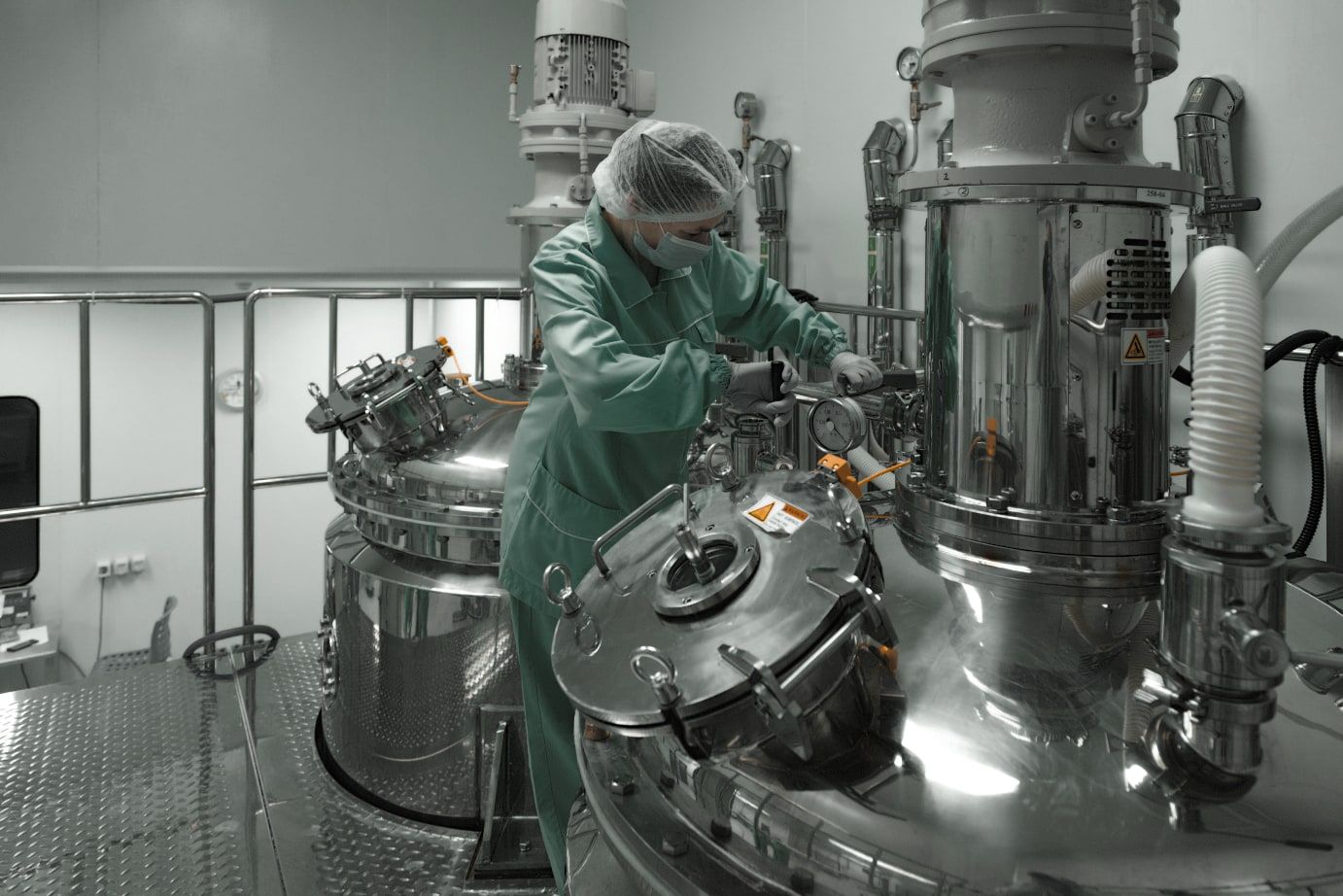-
CAS142-85-5
-
Structural formula
C₇H₁₆
Remove n-heptane from the exhaust air
What is n-heptane?
n-heptane is a colourless, volatile alkane hydrocarbon and is known for its characteristic, slightly sweet smell and is mainly used as a solvent in laboratory chemistry and in the production of adhesives, paints and cleaning agents.
Origin
n-heptane is mainly obtained through the distillation of crude oil in refineries. It is used in the chemical industry and in laboratories as a standard solution and as a solvent in the manufacture of various chemical products.
Discovery
n-heptane is a clear, colourless liquid with a slightly sweet odour. It is volatile and insoluble in water. Contact with n-heptane may cause eye and skin irritation, and inhalation of the vapours may cause headaches and dizziness.
Limit values
In Germany, the limit values for n-heptane are regulated by the Technical Instructions on Air Quality Control (TA-Luft) and the occupational exposure limit values (OEL). The OEL for n-heptane is 500 ppm (parts per million) or 2085 mg/m³. These limit values are intended to ensure that the concentrations in the workplace do not cause any damage to health.
Hazards
Health: n-heptane can cause eye and skin irritation at high exposure levels. Inhalation of the vapours leads to headaches, dizziness and nausea. Long-term exposure may affect the central nervous system and cause kidney and liver damage. Environment: n-Heptane is not biodegradable and may contaminate soil and water if released into the environment. It is toxic to aquatic organisms and can disturb the ecological balance. Economic damage: Due to its high flammability, there is a risk of fire if handled improperly, which can lead to considerable material damage and loss of production.
The oxytec Purification Technology
For many organic pollutants, we offer energy-saving and clean technologies for neutralisation, which we combine in multi-stage plants. In order to achieve a reduction below the limit values, not only the dimensioning of the respective purification stage but also the sequence of the technologies is decisive, as they have different physical effects on the molecules. Below we present some of our purification modules.
CWA
Alternative technologies
In addition to our solutions, there are other technologies such as conventional activated carbon filters and simple ventilation systems. However, these often have disadvantages such as high energy consumption, limited cleaning performance, large space requirements, long lead times and high investment costs.
Advantages of the oxytec solution
- Compact design: Small footprint compared to traditional systems
- Low operating costs, therefore fast amortisation
- Environmentally friendly: Minimal environmental impact thanks to innovative technologies
- Efficient n-heptane reduction: High efficiency thanks to high purification levels with minimal energy consumption
